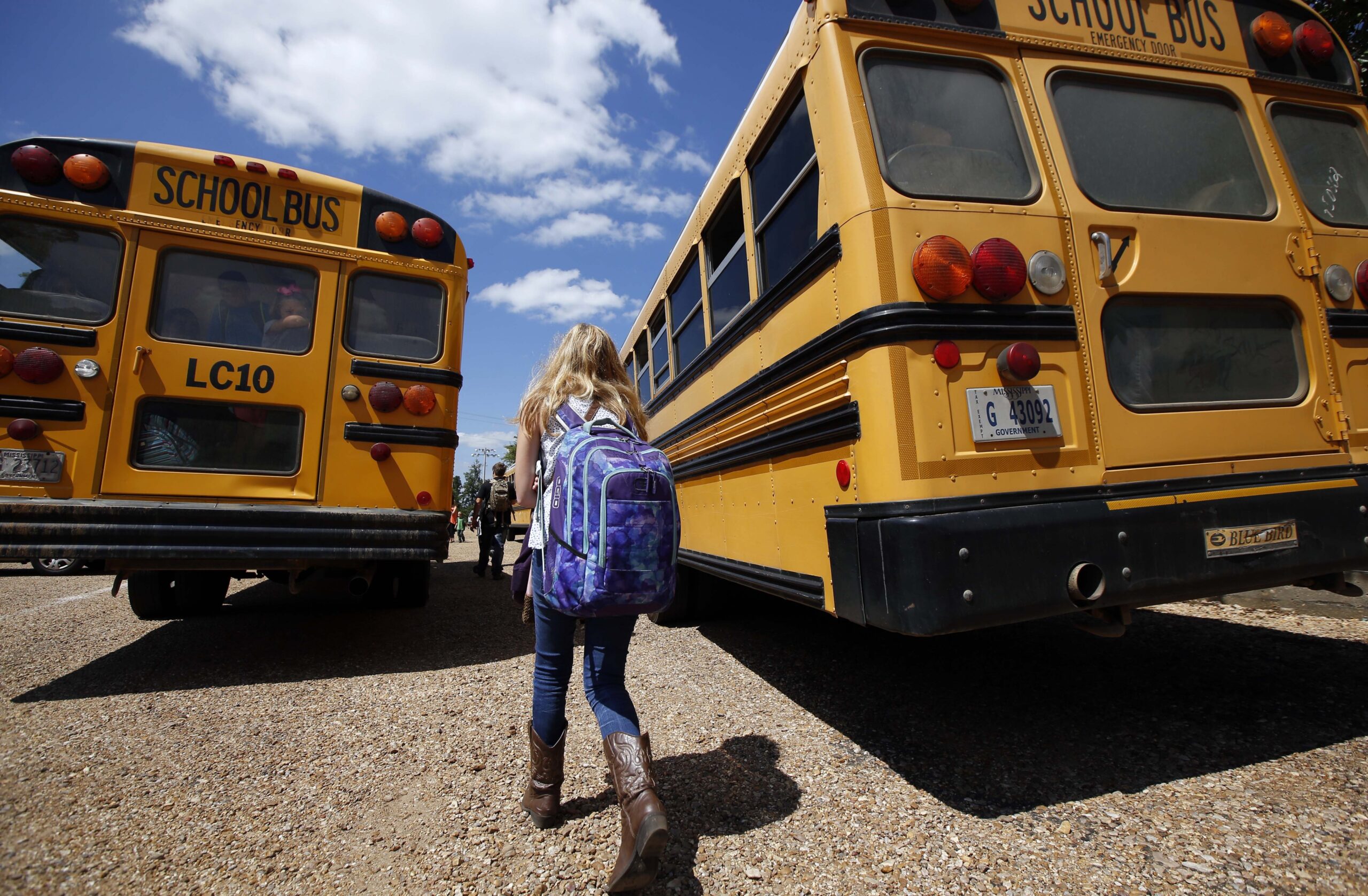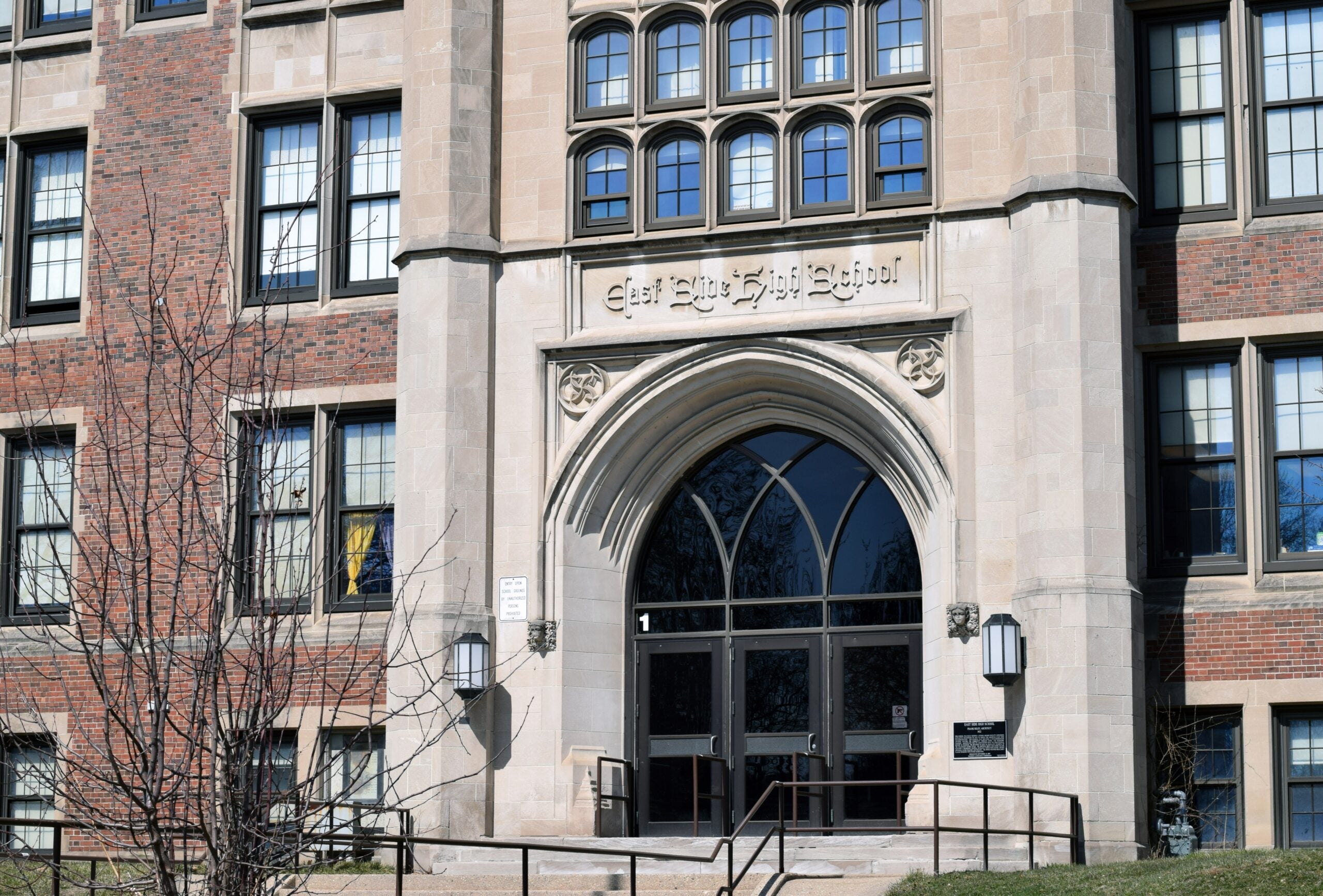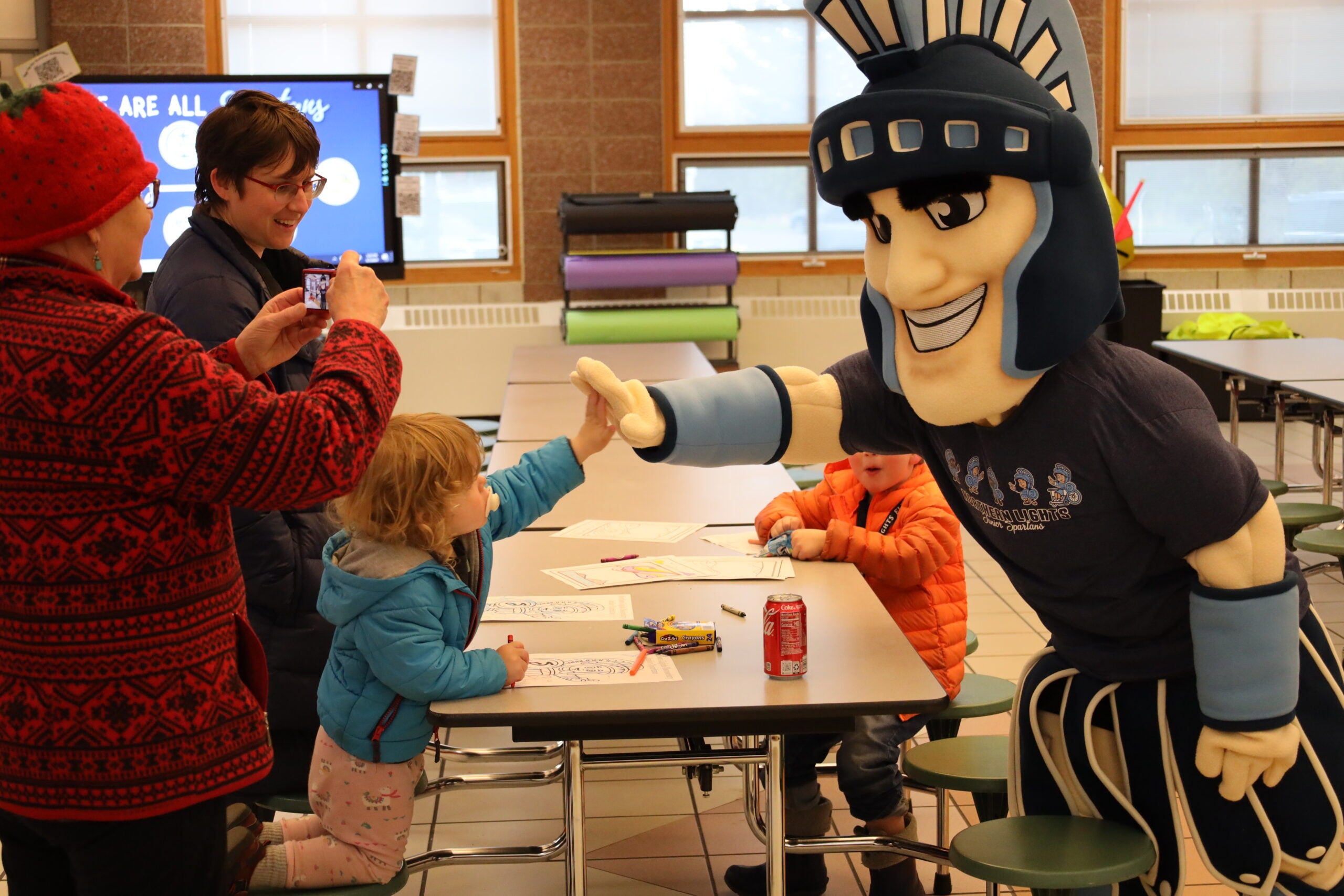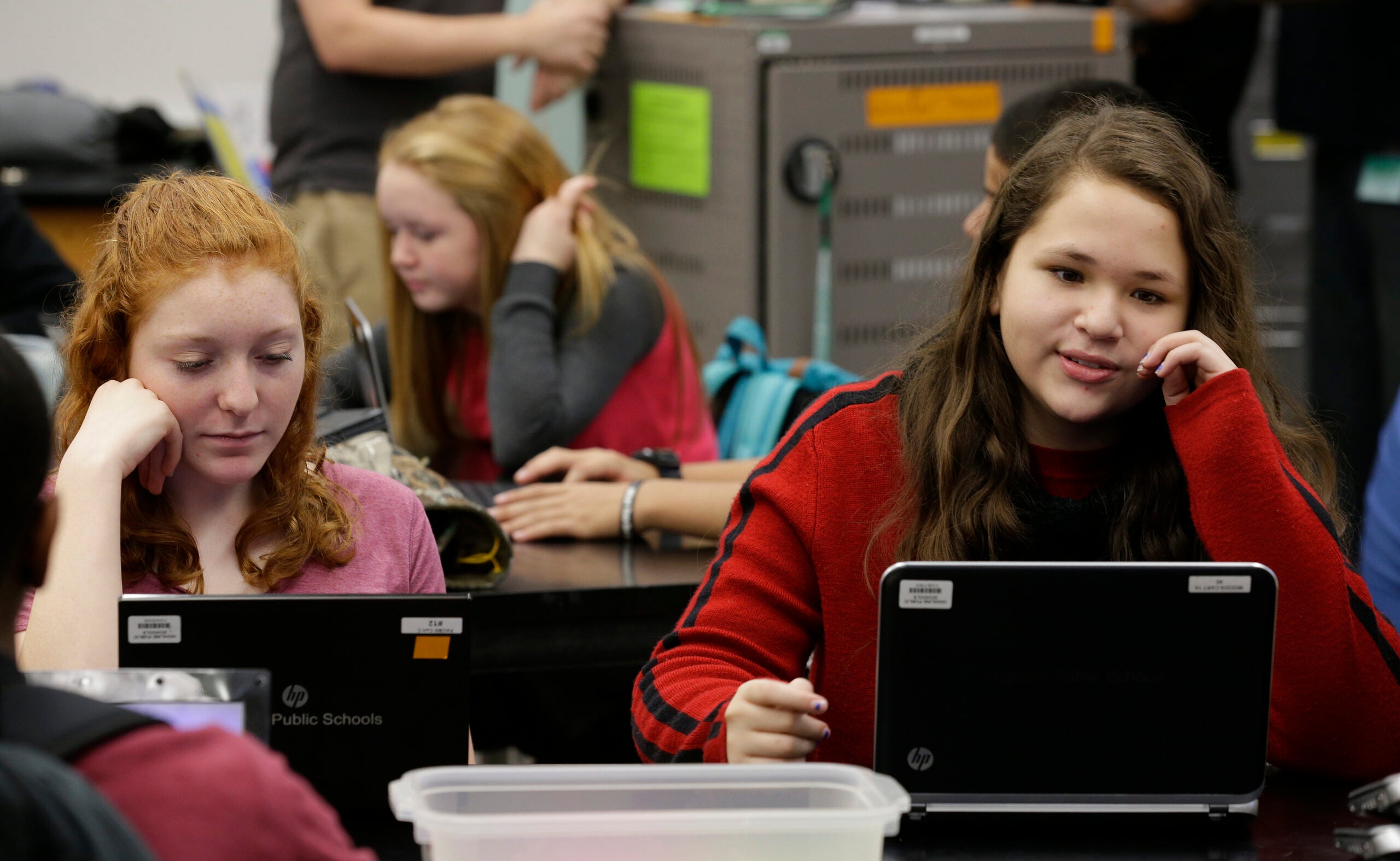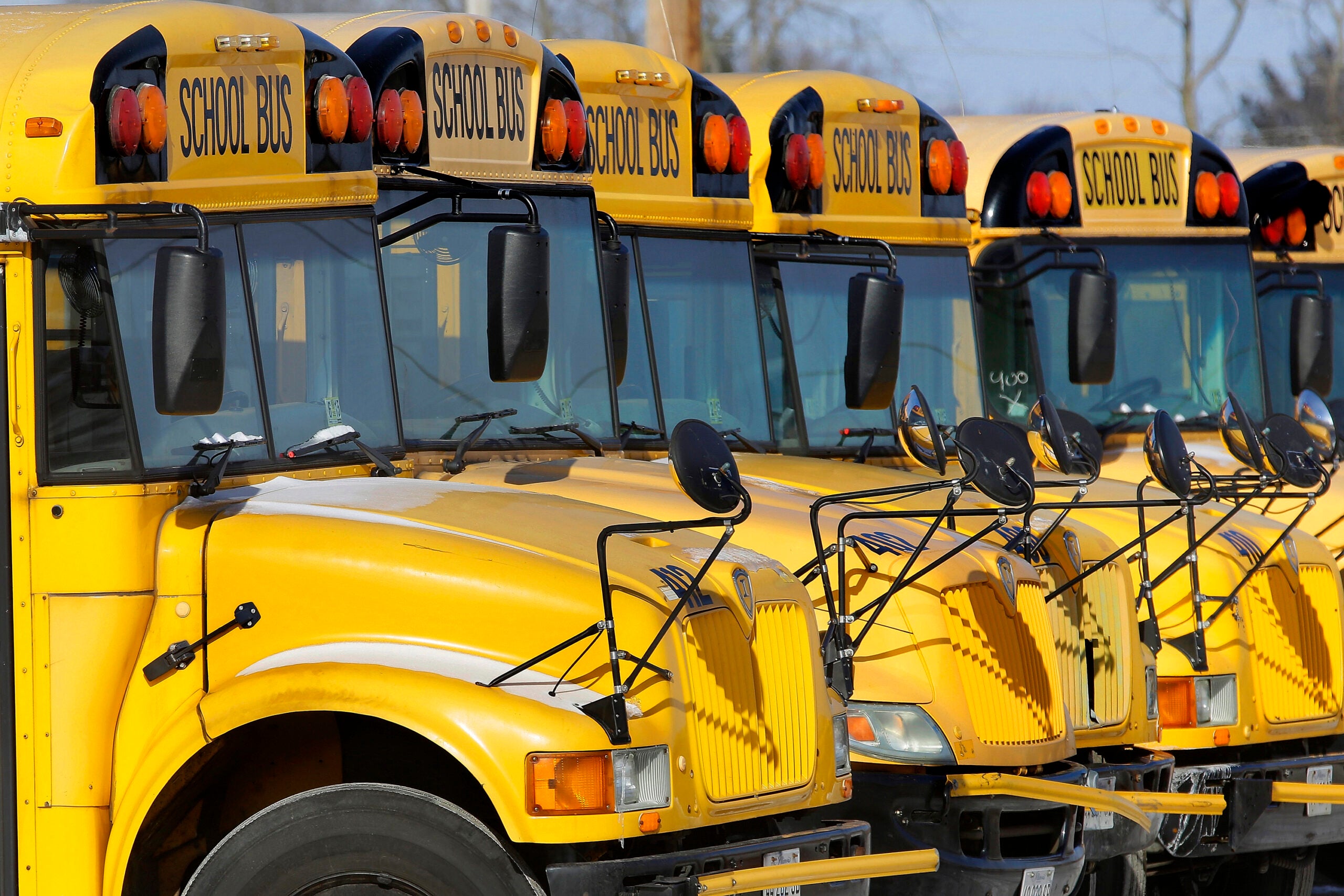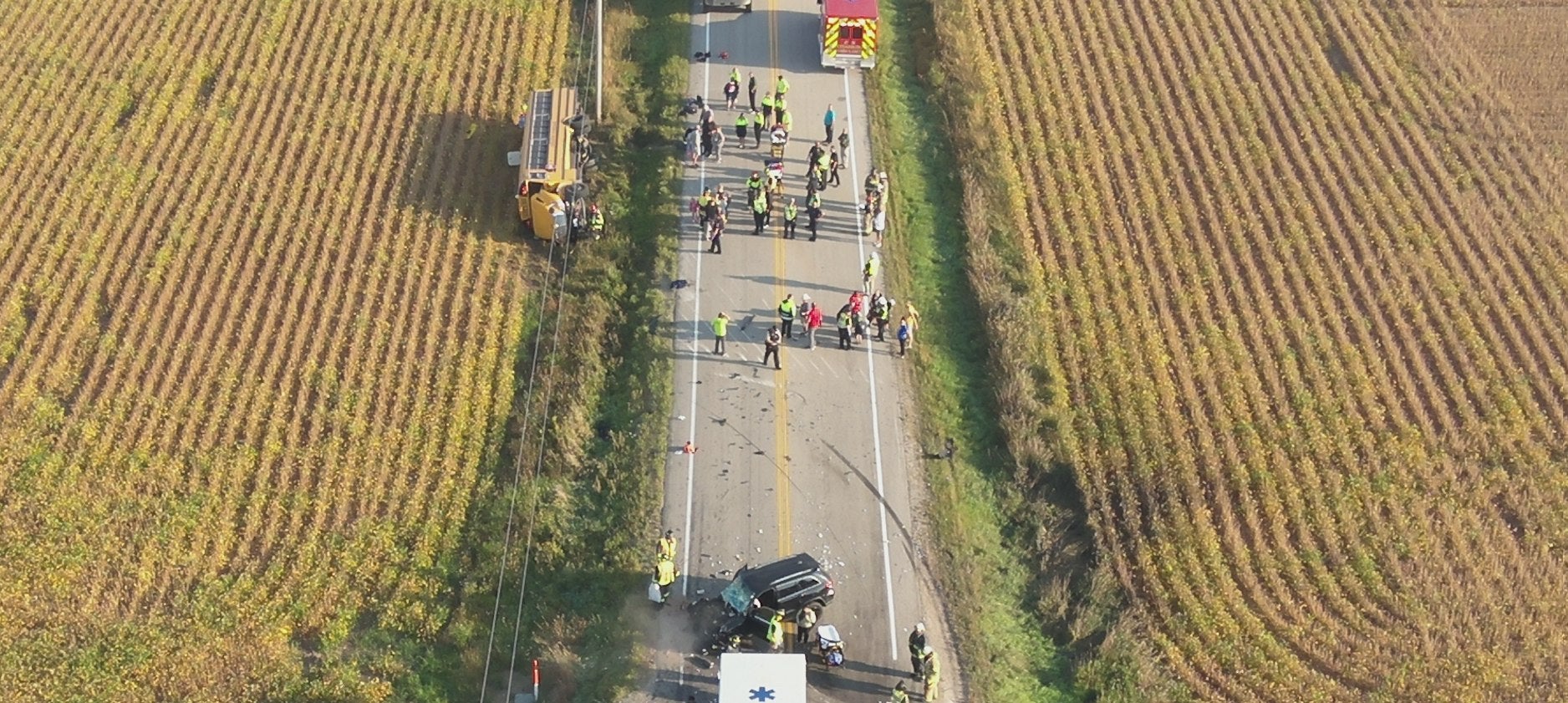As school districts around the state weigh their options for resuming classes, bus drivers are also waiting to see what their jobs will look like in the fall.
Just like in classrooms, school districts are looking to balance the need to ferry kids efficiently from home to school and back against the health and safety of both the kids and the adults entrusted with their care.
The Wisconsin Department of Public Instruction released some guidelines on keeping kids and bus drivers safe while transporting them, including masking, cleaning and developing protocols for what the district will do if a child or driver tests positive. The Wisconsin School Bus Drivers Association (WSBA) — which represents around 60 contractors in nearly 300 of the state’s more than 400 districts — followed up last week with more specific ideas on how to keep drivers safe. Like DPI’s guidance, it includes a range of suggestions and factors to consider that can be modified based on a district’s needs.
Stay informed on the latest news
Sign up for WPR’s email newsletter.
“It’s going to take the school districts and the contractors to get together to see what’s the best, feasible situation for the district, the students, the parents — everyone involved,” said Cherie Hime, executive director of the WSBA.
She said masks or other face coverings should be a top priority for drivers as a relatively easy way to keep drivers safe. Her organization has been distributing masks that it received from the Federal Emergency Management Association to its members.
Other options laid out in WSBA’s guidelines include a clear barrier between the driver and riders, much like the ones that have been popping up at grocery store checkouts; making hand sanitizer available for kids boarding the bus; coming up with a comprehensive plan for regular cleanings; ventilating buses by opening windows when weather and safety permit; and keeping bus drivers to one bus and one route as consistently as possible to minimize the number of people they come into contact with.
Some school districts anticipate that parents who can drive their kids to school instead of putting them on the bus may do so, to limit their time in a closed space with other students.
Chad Wiese, director of building services for the Madison Metropolitan School District (MMSD), said his district will know more about how many parents will opt to drive or let their kids walk instead of taking the bus once enrollment starts in August and the district starts hearing from parents about whether they need bus services for their children.
He said MMSD is considering adding more crossing guards if new walking routes come into use, and potentially starting targeted campaigns to urge families who live close to the school to have their kids walk, if possible.
“We are certainly planning on, as far as bussing, running bus routes far under the typical capacity that we were running it last year,” he said.
Another solution could be to run the same bus route twice, each time with half the usual number of kids, said Wiese.
Steve Roekle, head of Brandt Buses Inc. in Manitowoc, said he expects school districts will use those cheaper, quicker solutions to stave off the need for more expensive, longer-term solutions like shelling out close to $100,000 for a new bus or adding extra drivers.
“Adding drivers or buses is the same thing with adding classrooms and teachers — how long is this going to last?” he said. “Is this going to be four months, and then you’re stuck with an extra teacher or an extra bus? That’s a huge expense.”
Regardless of how school districts approach bussing, they’re likely to have additional expenses. Wiese said he’s expecting a higher bill for more regular, thorough cleanings and potentially more miles.
“There’s the potential of some savings with a hybrid (virtual and in-person classes) model, but I think that would be offset — and then some — by the fact that our buses will most likely be running more miles to deliver our kids to school,” Wiese said.
Then there’s the issue of the drivers’ vulnerability to COVID-19.
Roekle, with Brandt Buses, said about 40 percent of his drivers are over 65, which is common — contractors tend to concentrate a lot of their recruitment efforts on retirees, who tend to be a good fit with the part-time, flexible schedule. Despite falling in the higher-risk category for severe COVID-19 symptoms because of their age, Roekle said he isn’t expecting to lose a single driver for next school year.
“I was expecting some of the drivers to say next year, or ’til a cure or a vaccine comes out, that they would just hold off driving,” he said, “but that is not the case — that did surprise me.”
He credits that, in part to the peculiarities of location, Manitowoc hasn’t been as hard-hit as some of the state’s bigger cities, like Madison and Milwaukee.
However, Himem, with the WSBA, said she’s similarly been hearing from most of the group’s members that they’re expecting most of their drivers to come back to work in the fall if districts opt for in-person classes.
School bus contractors and districts around the country have had a hard time recruiting drivers in recent years. Especially when unemployment rates were low, it was hard to attract people to a part-time job and a high barrier to entry: drivers need a commercial driver’s license, rigorous drug testing, background checks, an acceptable driving history and a physical exam. With skyrocketing unemployment and a lot of other job options drying up, bus companies could have better luck — or they could have an even harder time recruiting drivers, as potential recruits may be put off by the risks of having contact with so many people on a daily basis.
“I don’t even want to wager a guess, because I’m sure if I did, it would be wrong,” Hime said of what the pandemic will mean for driver recruitment. “We’re in the early stages, but as things start to pan out in the next month or two, it might be easier to see where we’re at.”
She said the key aspect school districts and bus companies can control is whether they’re doing enough to make drivers feel safe — with masks, hand sanitizer, regular bus cleanings and other practices.
GO Riteway Transportation Group, which contracts with more than 40 school districts around the state to run school bus routes, has started implementing company-wide policies even as they wait to hear from districts, said manager Keith Rogers.
“At this point, we’re not getting clear guidance from any of them, so we’re kind of in limbo as to what’s going to happen when school starts ‚ it depends on the individual district,” he said. “As a company, we’re working on our own safety protocols regardless of what the districts do.”
He said they’re getting fogging machines that fog the buses up with disinfectant for regular deep-cleans, as well as setting up cleaning protocols and looking into protective barriers to separate the drivers from their passengers.
He said it’s hard to know whether they’ll need more drivers, or fewer — districts that bring all their students back in person may want to run more bus routes in order to reduce the number of kids on a bus at any given time, while an all- or even partially-virtual fall school plan could reduce the need for buses.
In the meantime, GO Riteway is continuing to recruit for driving positions.
Contractors are expecting to know more as districts start locking their plans into place, and as the trajectory of COVID-19 infections in different areas of the state become clearer. At the district level, according to Wiese, a lot of the answers will hinge on what schools hear from their county health departments about how to best minimize risk within their own communities.
“There’s a lot of what-ifs,” said Hime. “I know those talks are happening, and there’s a lot of variables out there — there’s not going to be one size fits all, there never is.”
Wisconsin Public Radio, © Copyright 2025, Board of Regents of the University of Wisconsin System and Wisconsin Educational Communications Board.
